Tragically, debris found near the Titanic wreckage confirmed the implosion of the Titan submersible, ending the search and claiming the lives of all five onboard. The U.S. Coast Guard confirmed the devastating discovery, bringing a somber close to the international rescue effort that had raced against dwindling air supplies. Here's a look at the vital resources deployed in the search:
The Horizon Arctic
This 307-foot Canadian vessel played a crucial role, deploying remotely operated vehicles (ROVs) to the seabed in search of the missing submersible.
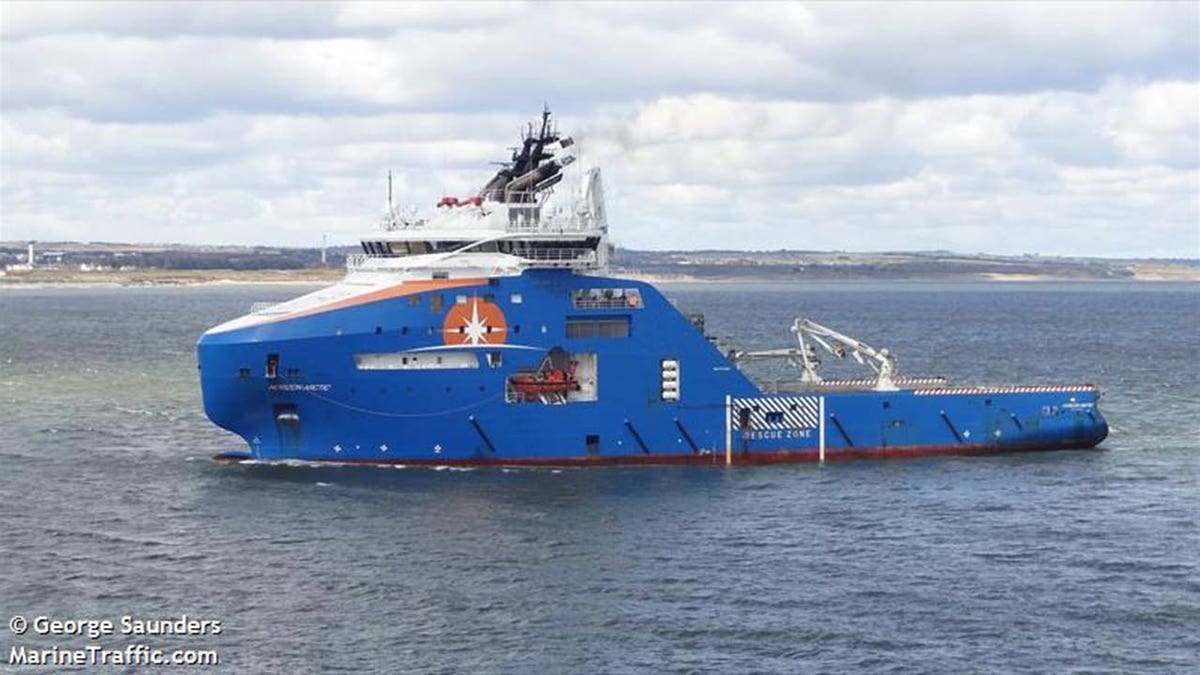
French Research Vessel L’Atalante
The 279-foot L’Atalante utilized the Victor 6000, a sophisticated ROV capable of reaching great depths, to aid in the search operations.
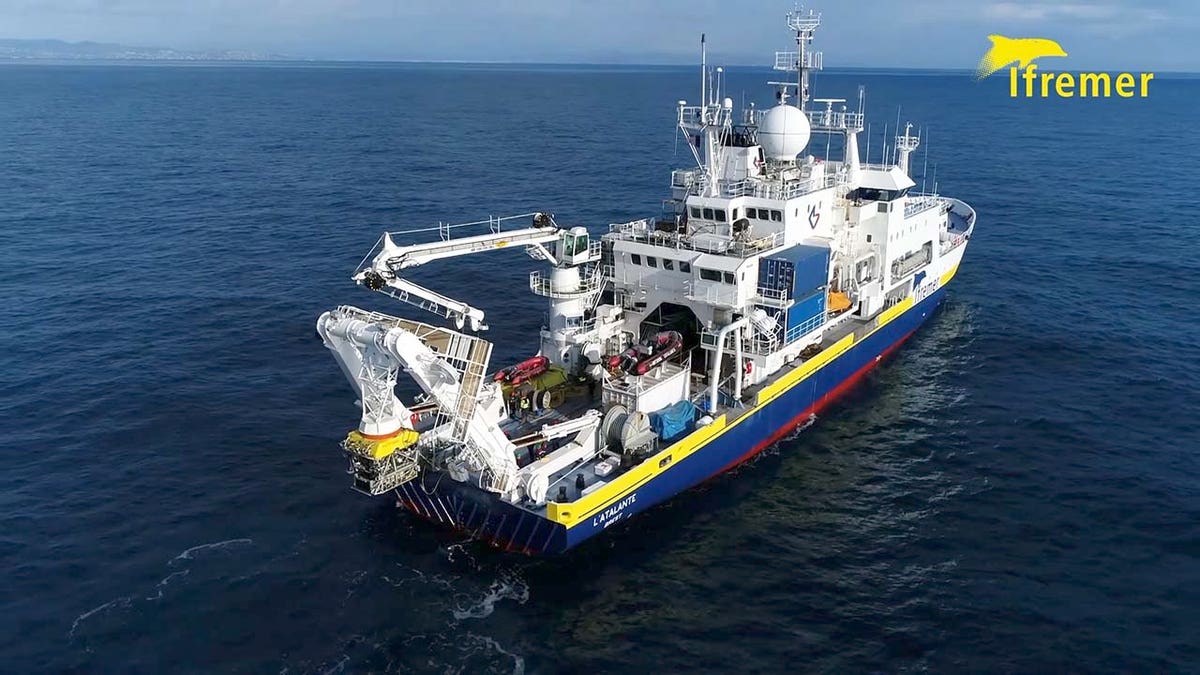
TechnipFMC's Deep Energy
TechnipFMC contributed the Deep Energy, a pipelay vessel equipped with ROV capabilities, to the search efforts, further expanding the underwater search capacity.
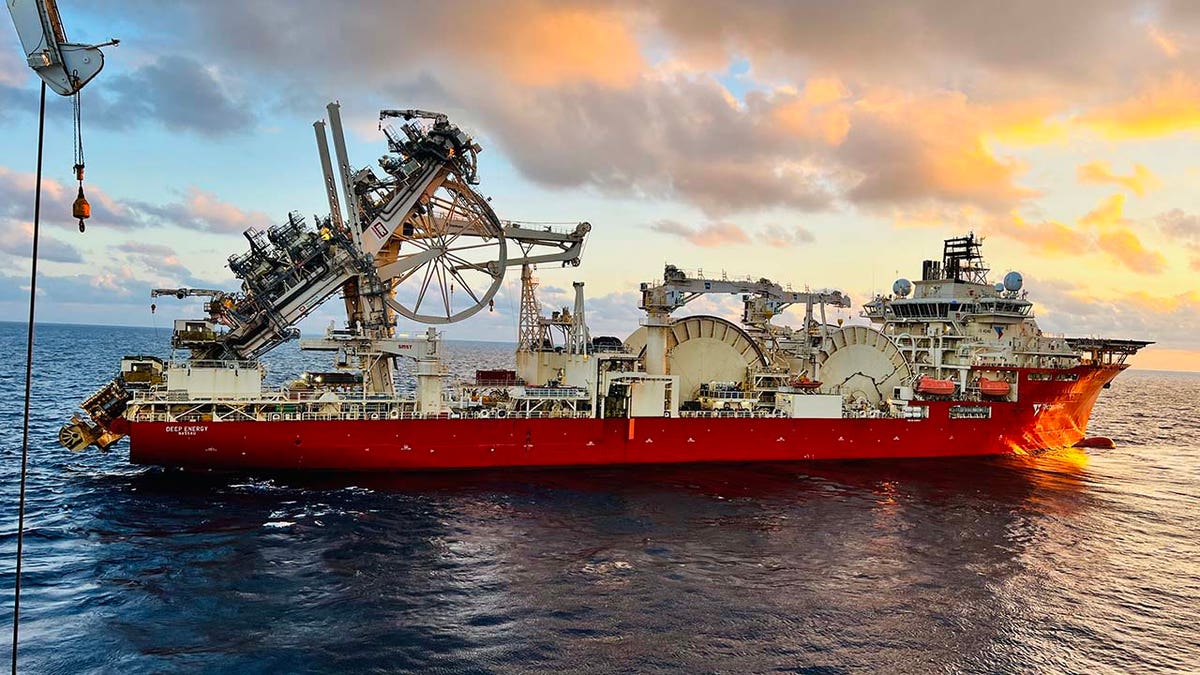
HMCS Glace Bay
The Canadian Navy's HMCS Glace Bay, a 181-foot defense vessel, provided critical medical support, including a specialized dive medicine team and a mobile hyperbaric recompression chamber, essential for potential survivors.
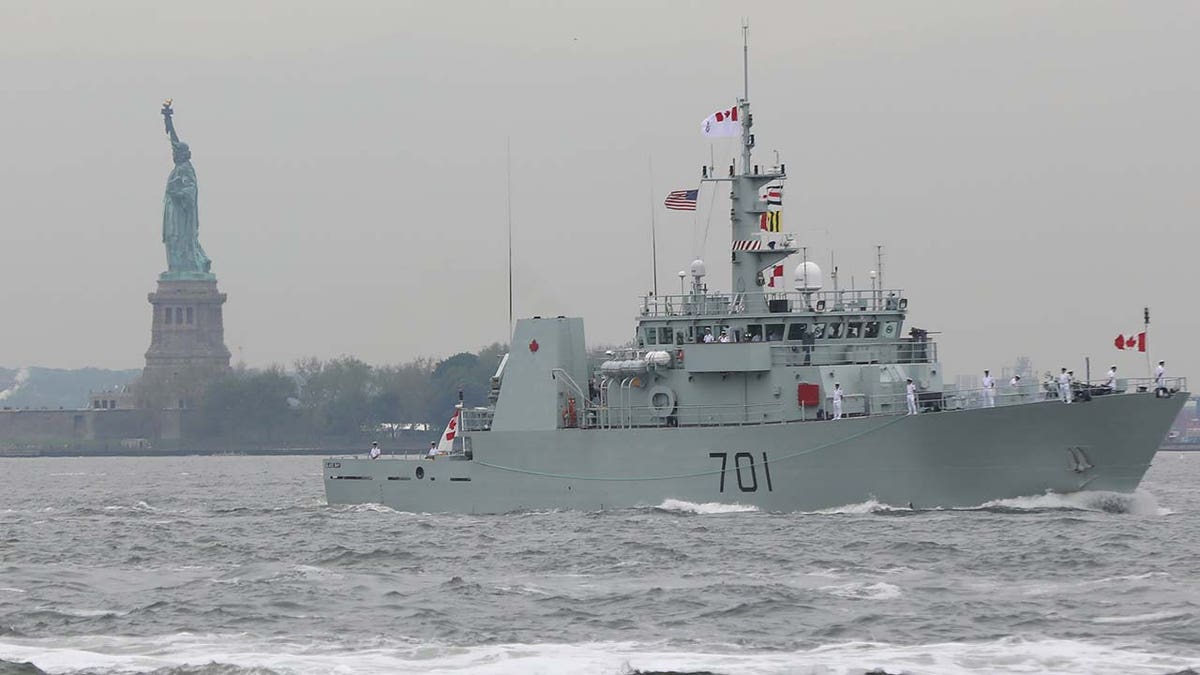
CCGS John Cabot
Equipped with advanced sonar technology, the 207-foot CCGS John Cabot, a vessel of the Canadian Coast Guard, joined the search, providing crucial underwater mapping and detection capabilities.
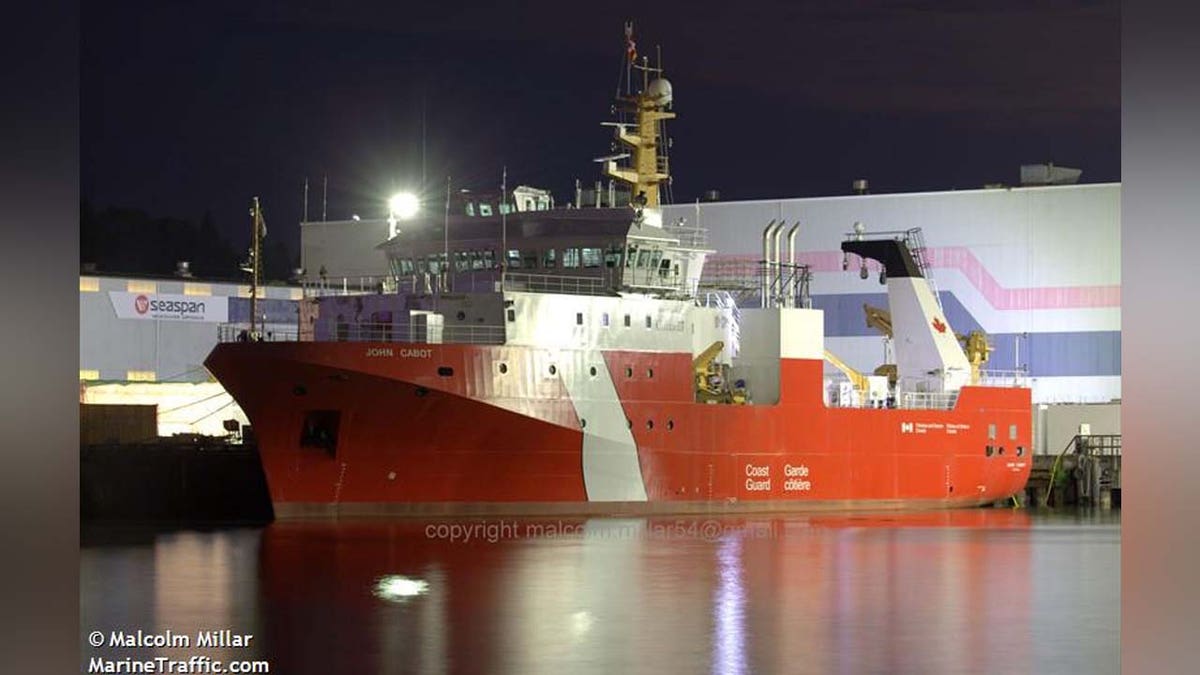
Pelagic Research Services' Odysseus 6K ROV
Pelagic Research Services' Odysseus 6K ROV was instrumental in locating the debris field. This advanced ROV, requested by OceanGate, played a pivotal role in the somber discovery.
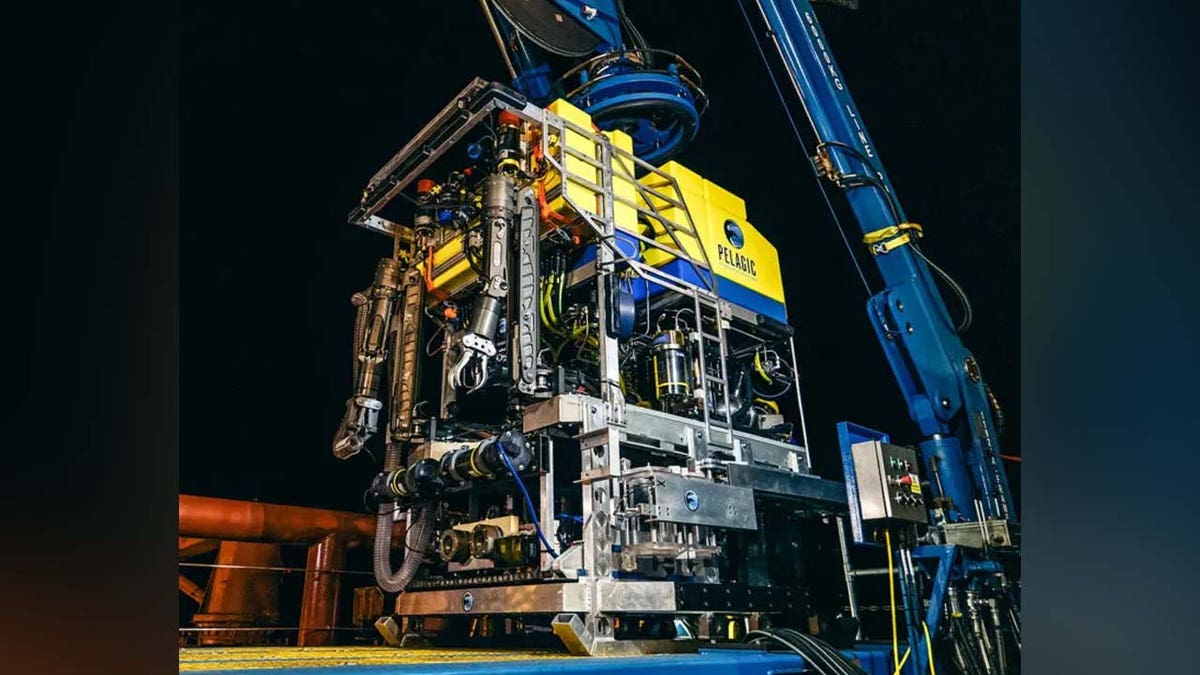
Victor 6000
The Victor 6000, a French unmanned robot submersible, possesses the capability to dive to depths exceeding the Titanic's resting place. While equipped with remotely controlled arms for cutting cables and potential freeing of a trapped vessel, it lacks the capacity to lift the submersible independently.

Comments(0)
Top Comments